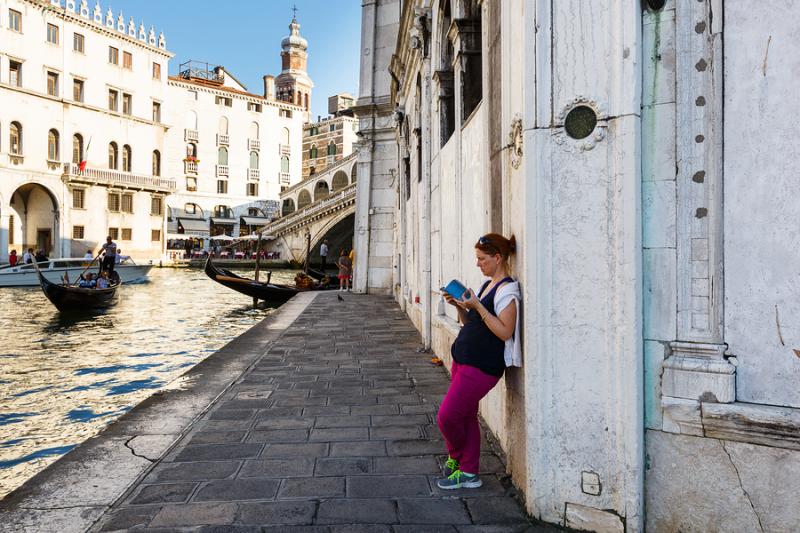There are two types of articles - the definite article and the indefinite article. The definite article is equivalent to ‘the’ and the indefinite article is equivalent to ‘a’ or ‘an’.
Definite articles
These are used much more commonly than in English. When you learn a new word, it is useful to learn the article that goes with the noun.
Definite articles need to agree in gender and number with the noun they precede:
Il ragazzo- the boy (masculine singular)
I ragazzi- the boys (masculine plural)
La ragazza- the girl (feminine singular)
Le ragazze- the girls (feminine plural)
They also need to follow rules according to the letter the noun starts with. If a masculine or feminine singular word starts with a vowel you use l’:
L’albergo- the hotel (masculine singular)
L’arancia- the orange (feminine singular)
If a masculine word starts with s + consonant, z, ps, gn, y or pn you use the article loin the singular and gliin the plural. You should also use the plural gli for masculine words that start with a vowel:
Lo studente- the student (masculine singular)
Lo zio- the uncle (masculine singular)
Gli studenti- The students (masculine plural)
Gli zii- The uncles (masculine plural)
Gli alberghi- The hotels (masculine plural)
In Italian, when you say at the cinema, in the shop etc. the word for ‘at’ or ‘in’ combines with the definite article. For example:
Al cinema- at the cinema (masculine singular)
Nella stazione- in the station (feminine singular)
Dagli aeroporti- from the airports (masculine plural)
Sulle strade- on the streets (feminine plural)
Here is a table with each of these articles:
|
|
|||||
|
DEFINITE ARTICLE |
A |
DA |
DI |
IN |
SU |
|
il |
al |
dal |
del |
nel |
sul |
|
lo |
allo |
dallo |
dello |
nello |
sullo |
|
l' |
all' |
dall' |
dell' |
nell' |
sull' |
|
i |
ai |
dai |
dei |
nei |
sui |
|
gli |
agli |
dagli |
degli |
negli |
sugli |
|
la |
alla |
dalla |
della |
nella |
sulla |
|
l' |
all' |
dall' |
dell' |
nell' |
sull' |
|
le |
alle |
dalle |
delle |
nelle |
sulle |
Indefinite articles
Indefinite articles are equivalent to ‘a’ or ‘an’ in English and used with singular nouns. There are four indefinite articles in Italian: un, uno, una and un’.
Un is used with masculine nouns, starting with a consonant or vowel:
Un ragazzo - a boy (masculine)
Un amico - a friend (masculine)
Una is used with feminine nouns starting with a consonant:
Una ragazza - a girl (feminine)
Un’is used with feminine nouns starting with a vowel:
Un’ora- an hour (feminine)
Un’amica- a friend (feminine)
Uno is used with masculine nouns starting with s + consonant, z, ps, pn, y or gn:
Uno studente - a student (masculine)
Uno zio - an uncle (masculine)
Here are some exercises to try, fill in the correct article in the space:
Definite articles
___ castello - the castle
___ acqua - the water
___ zucchero - the sugar
___ scatola - the box
___ artisti - the artists
___ mucche - the cows
Indefinite articles
___ treno - a train
___ automobile - a car
___ bicicletta - a bicycle
___ aeroporto - an airport









